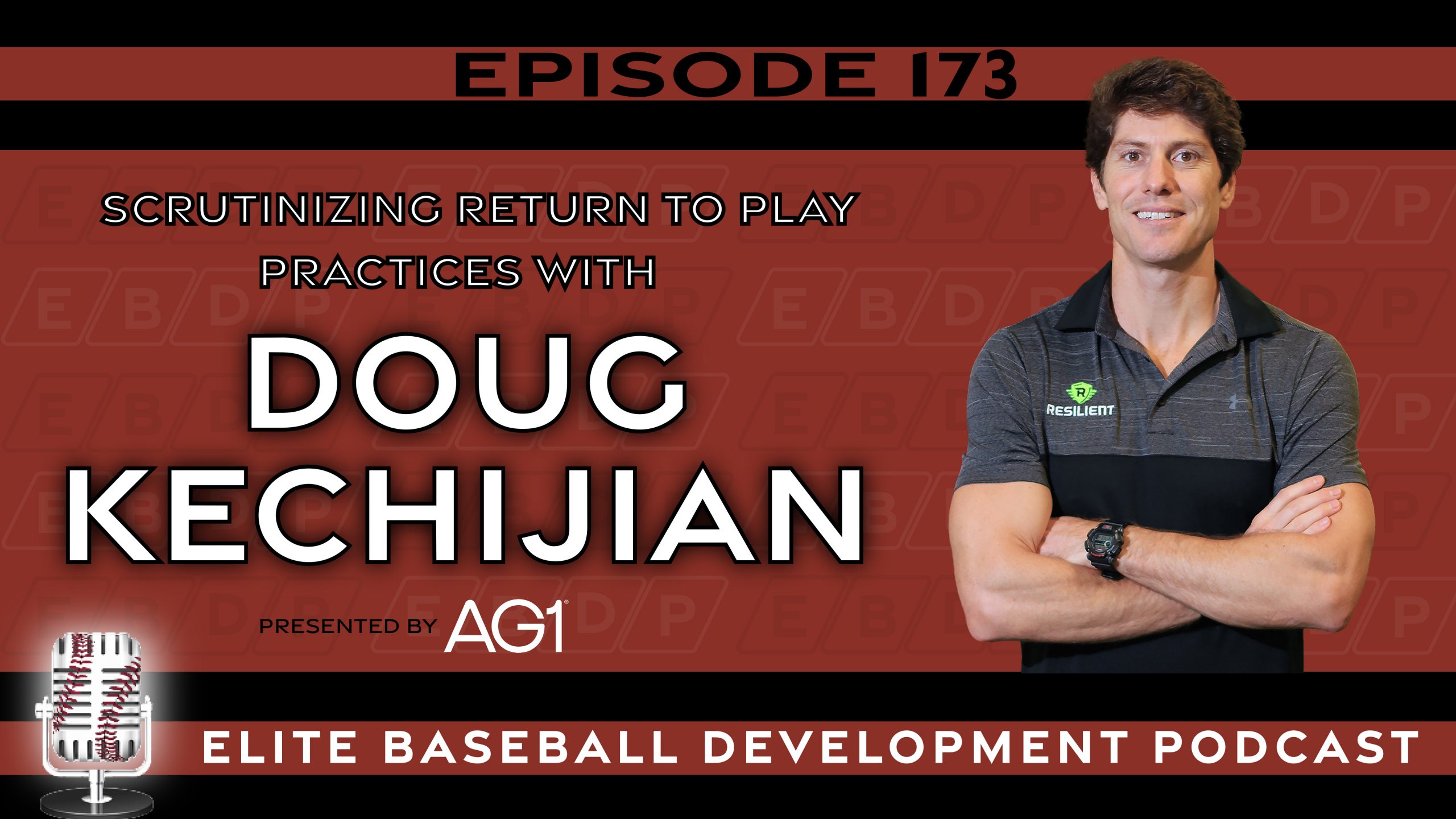 There are three distinct phases involved in the healing of an injury. The first of the three phases
There are three distinct phases involved in the healing of an injury. The first of the three phases
of injury healing is called the inflammatory stage, which simply involves white blood cells, called
phagocytes, which help remove debris and damaged tissue and further help recirculation of
the area. The second stage is called the proliferative phase, where red blood cells called fibroblasts form a glue-like substance, which acts as a scaffold or infrastructure of new tissue to be laid down. The last stage, known as the remodelling stage, is where more cells are added to the glue and strengthened to form a substance called type 1 collagen, which is thick, strong and resistant.
Inflammatory stage
Days 1-4: At the site of the injury, cells form a clot following injury to seal the damaged area and to ensure no further bleeding occurs. Similarly, the phagocytes migrate to the same area to “mop up” damaged cells that can no longer function. The damaged cells themselves release a chemical that actually attracts the “mop up” cells to go to the area to begin their job. This process is called phagocytosis. After two days, more chemicals released by the damaged cells attract more white blood cells (monocytes, macrophages and lymphocytes), which also aid in the healing and sealing of damaged cells. Additionally, once cells like the macrophages reach the wound site, they release further chemicals that begin to enhance and promote oxygenation and nutrition, which further aid healing. Once the debris of damaged cells is clear, the space filled with the platelets (the clot that forms to stop the initial bleeding) is broken down and invaded by other cells (fibroblasts). These become more active on day seven, when more glue-like substance is laid down to form a bond. This is known as scar tissue.
Proliferative stage
Days 7-14: At this stage, the fibroblasts lay down more chemicals to begin more solidification of the scar tissue. This is known as the proliferation stage. This solidification of further cells (called collagen) to bond the already forming scar tissue is laid down in disarray, mostly haphazard with no direction of fibre orientation. This makes the tissue weak. During this stage, the original blood clot that had formed to stop the initial bleeding begins to dissipate as more cells are laid down to “glue” the torn fibres together again. Further, more specialised cells are mobilised once the glue has formed, called myofibroblasts, which begin to fuse and connect the torn fibres that were damaged initially.
Remodelling stage
Days 14-90: The last stage is called the remodeling stage. Here is where the haphazard scar tissue (glue) that formed in the proliferation stage begins to orientate itself and becomes more specific to the function of the muscle/tendon. This is greatly influenced by the external stresses placed on it. More collagen is added here to reinforce the weak scar tissue and tensile strength begins to develop as more tissue is laid down.
Collagen reorientation and strength increases slowly, reaching 70{32c02201c4e0b91ecf15bfd3deecd875caca8b9615db42cfd45ce3d8de8d0829} of the initial strength in six months to two years. The new scar tissue remodelled almost always differs from the original muscle/tendon it replaces by having fewer connective tissue cells, fewer blood vessels and more disorganised cells. Most of the time, the new scar tissue/muscle does not restore 100{32c02201c4e0b91ecf15bfd3deecd875caca8b9615db42cfd45ce3d8de8d0829} to what it used to be, and therefore is vulnerable to further injury later on. As an example, a hamstring strain normally takes three weeks
for recovery. However, research has shown through microscopy that the actual damage to the hamstring muscle fibres doesn’t fully heal up for at least another two to three months, even though the athlete can run again. Therefore, one can assume that constant strength training and rehabilitation will benefit following return to sport to ensure the hamstring doesn’t get damaged again.
In conclusion, fitness professionals must warn clients that once a severe injury occurs to the tissue, it can take more than the “normal” three to six weeks to heal up, and indeed a follow-up programme of rehabilitation will be required if they want the injury to make a full recovery.


